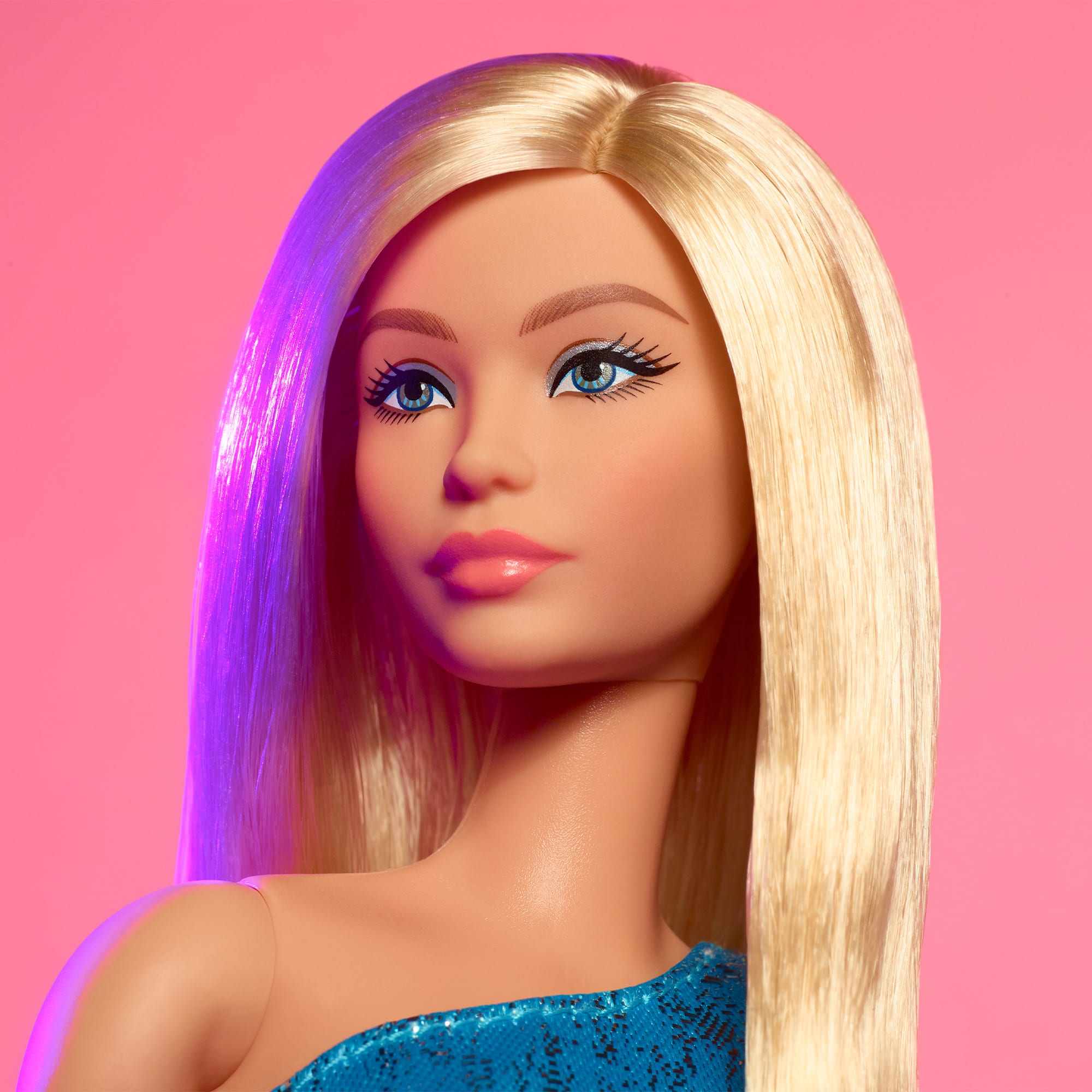Barbie, the iconic doll that has shaped childhoods for decades, is making waves once again. This time, Mattel is breaking barriers by introducing a Barbie doll that represents children living with type 1 diabetes (T1D). The new addition to the Barbie Fashionistas 2025 line is not just a toy; it’s a symbol of inclusivity and representation.
What sets this Barbie apart from the rest? Well, besides her cute blue polka dot dress (a nod to the global symbol for diabetes awareness), she comes equipped with essential items that a child with T1D uses daily. From a continuous glucose monitor (CGM) on her arm with a heart-shaped pink tape to an insulin pump around her waist, this Barbie is designed to reflect the realities of living with this condition. She even carries a mini smartphone resembling an app for monitoring sugar levels and a pink bag for snacks or medical supplies.
In collaboration with Breakthrough T1D, a leading organization in type 1 diabetes research, Mattel ensured that every detail of this Barbie was accurate and respectful. Krista Berger, Senior Vice President of Barbie and Global Head of Dolls, emphasized the significance of this representation by stating,
“Barbie helps shape children’s early perceptions of the world…by including medical conditions like T1D, we ensure more children can see themselves reflected in the stories they imagine and the dolls they love.”
Aaron J. Kowalski, CEO of Breakthrough T1D and someone who lives with T1D himself, highlighted the importance of this initiative by saying,
“This alliance signifies more than just visibility; it embodies hope, empowerment, and the opportunity to show that life with T1D can be vibrant and fulfilling.”
It goes beyond creating awareness; it fosters empathy and understanding among children who may not be familiar with such conditions.
The Barbie Fashionistas line is renowned for its focus on diversity and inclusivity. Alongside dolls representing individuals with Down syndrome, visual impairments, prosthetics, and other conditions, this new addition further expands the range of representations available. By showcasing diverse experiences through toys like these Barbies’ kids are exposed to different realities from an early age.
For millions of children living with T1D worldwide seeing their reality mirrored in something as widely recognized as Barbie can be incredibly empowering. It sends a message that they are seen and valued—a message that resonates far beyond playtime.
This groundbreaking move by Mattel serves as an important milestone in promoting acceptance and understanding among young minds. It paves the way for conversations about diversity health conditions from an early age while fostering compassion towards those facing unique challenges.
The introduction of this Barbie doll not only adds depth to playtime but also opens up avenues for discussions around health inclusion at home schools communities—all through the power of inclusive representation within one small toy.









Leave feedback about this